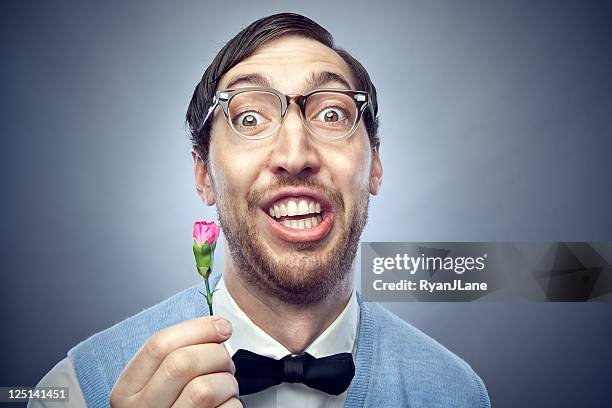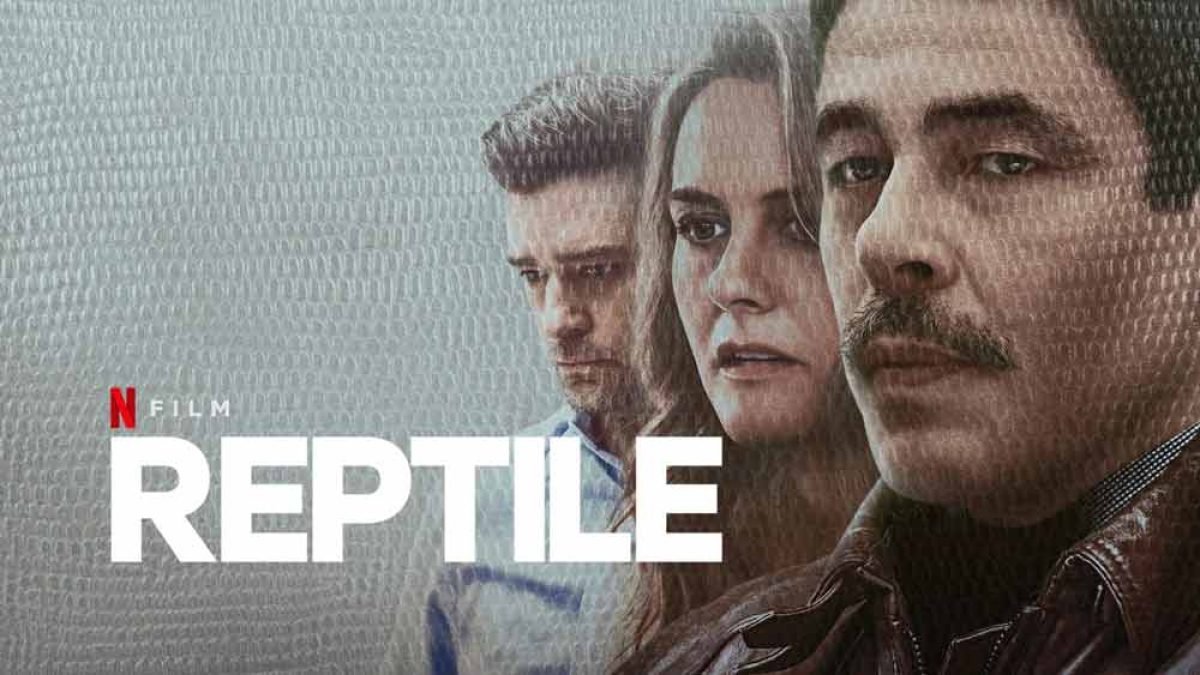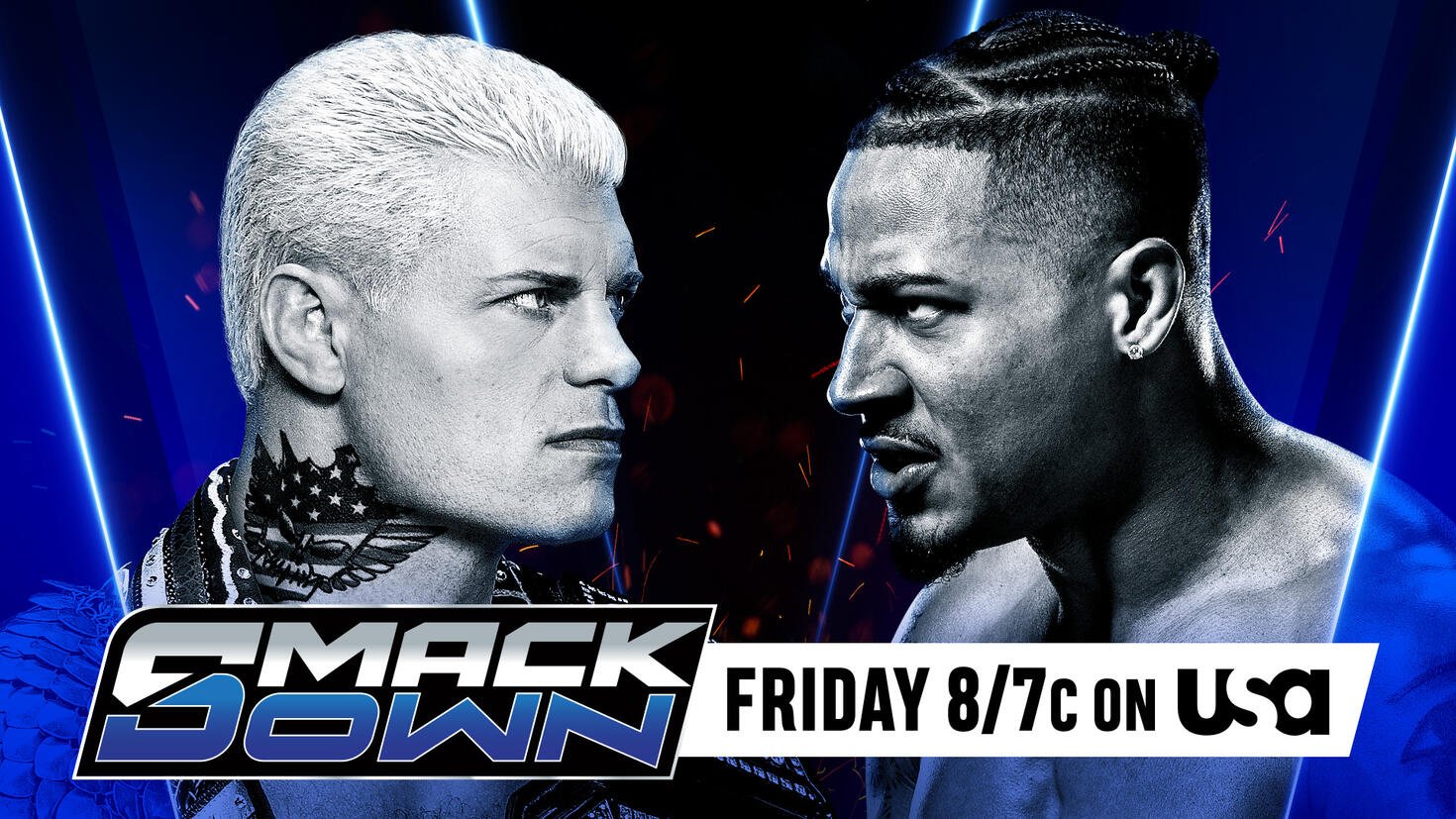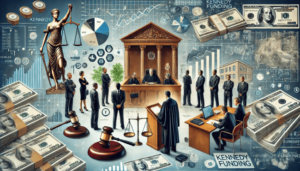The Search for the Ugliest Person in the World: Exploring Beauty and Perception
In a world that celebrates beauty, the concept of the [ugliest person in the world] often evokes a wide range of reactions. While we frequently hear about the most beautiful people or the most attractive celebrities, discussing the “ugliest” is a more sensitive topic. But what does it indeed mean to be ugly? Is there an [most unattractive person in the world], or is ugliness subjective? Let’s dive into how beauty and “ugliness” are perceived, how they differ across cultures, and why labelling someone as the [ugliest person in the world] might be an oversimplified perspective.
What Does “Ugly” Mean?
The word “ugly” is often used to describe something or someone that isn’t aesthetically pleasing to the majority. However, beauty is subjective; what one person finds unattractive, another may find beautiful. The idea of the [ugliest person in the world] shifts depending on cultural standards, personal preferences, and societal influences. Historically, people have been labelled as “ugly” based on facial asymmetry, deformities, or physical conditions, but we must consider that these judgments often stem from deeply rooted societal biases.
Characteristics Commonly Associated with Ugliness
While beauty is subjective, there are certain physical traits that many societies label as “ugly,” which could lead to a person being unfairly called the [ugliest person in the world]. These traits may include:
- Facial asymmetry
- Severe scars or deformities
- Obesity or extreme thinness
- Skin conditions like severe acne or eczema
- Unusual facial features or bone structure
But should these characteristics define a person’s value or worth? Not.
Beauty Standards Across Cultures
The concept of beauty—and its opposite, ugliness—varies dramatically across different cultures and historical periods. In some countries, pale skin is considered the pinnacle of beauty, while darker skin is more admired in others. This raises the question: how can we label someone the [ugliest person in the world] when beauty is so fluid and ever-changing?
In Western cultures, symmetrical faces and slim bodies are often considered attractive. However, many African and Polynesian cultures celebrate fuller body types and unique facial features. The shift in beauty ideals proves that what some might consider “ugly” in one part of the world might be seen as beautiful elsewhere.
Historical Examples of Unconventional Beauty
Throughout history, people who were once labelled as “ugly” or even called the [ugliest person in the world] have later been celebrated for their uniqueness:
- Joseph Merrick, “The Elephant Man”: Merrick, who lived in the 19th century, suffered from a condition that caused severe deformities. At the time, he was showcased as a “freak” in circuses. However, today, Merrick is remembered for his intelligence, kindness, and perseverance in the face of cruel societal judgments.
- Lizzie Velásquez: Born with a rare condition that prevents her from gaining weight, Velásquez was labelled “the [ugliest person in the world]” by online bullies. But she has since become an inspiring public speaker, author, and advocate for self-acceptance, proving that beauty is far more than skin deep.
The Impact of Social Media and Bullying
In modern times, social media has amplified the harmful practice of labelling someone as the [ugliest person in the world]. It’s easier than ever for people to hide behind screens and post mean-spirited comments. This type of cyberbullying can have devastating effects on individuals’ mental health. People like Lizzie Velásquez and others have faced this kind of cruelty head-on.
Ways to Combat Cyberbullying
Here are a few steps people can take to reduce the impact of harmful labeling, such as being called the [ugliest person in the world]:
- Promote body positivity: Sharing uplifting messages and celebrating different body types can help challenge harmful stereotypes.
- Report negative behaviour: Social media platforms now have tools to report harassment, so use them to fight against online bullying.
- Educate others: Teaching children and young people about the diversity of beauty can prevent the spread of narrow-minded thinking.
Medical Conditions and Their Role in Appearance
Some individuals are called the [ugliest person in the world] due to medical conditions that impact their physical appearance. These conditions are often beyond their control and may include rare diseases, genetic disorders, or severe accidents that result in scarring or deformity.
Common Conditions that Influence Appearance
Here are a few medical conditions that may lead to someone being unfairly judged based on their looks:
- Progeria: A rare genetic disorder that causes children to age rapidly.
- Neurofibromatosis: A condition that leads to the growth of tumours on nerve tissue, causing deformities.
- Craniofacial disorders affect the bones of the skull and face, sometimes causing disfigurement.
Rather than focusing on how these conditions make someone look, it’s essential to consider the person’s story, character, and resilience. Labelling someone as the [ugliest person in the world] based on factors they can’t control is not only cruel but also shallow.
The Role of Inner Beauty
The idea of inner beauty is more than just a cliché. While society often focuses on physical appearance, true beauty comes from kindness, empathy, intelligence, and other traits that define a person’s character. Many of the individuals who have been labelled as the [ugliest person in the world] are, in fact, some of the most beautiful people on the inside.
People like Stephen Hawking, who lived with ALS, showed that physical appearance has nothing to do with intelligence, kindness, or perseverance. His contributions to science and his ability to inspire millions make him one of the most beautiful minds the world has ever seen.
Why We Should Abandon the Term “Ugliest Person”
There’s no real benefit to labelling someone as the [ugliest person in the world]. This term reduces a complex human being to nothing more than their physical appearance, ignoring their personality, talents, and contributions to society. No matter their looks, everyone deserves to be treated with dignity and respect.
Instead of focusing on who might be the [ugliest person in the world], it’s time to shift the conversation towards inclusion, acceptance, and celebrating diversity.
Table: Famous Individuals Labeled as “Ugly” Who Proved Otherwise
NameReason for LabelWhy They Are Beautiful
Lizzie Velásquez Bullied for her rare condition affecting her weight Advocate for self-acceptance and bullying awareness.
Joseph Merrick was Labeled “The Elephant Man” due to his deformities. He is Remembered for his strength and kindness.
Stephen Hawking’s Disability Due to ALS Renowned physicist and inspirational thinker
Susan Boyle, Mocked for her appearance on a talent show, Became an international singing sensation.
Why Perception of Beauty Should Be Broadened
Rather than focusing on someone as the [ugliest person in the world], it’s time for society to embrace all forms of beauty. With the increasing representation of diverse looks in media, the definition of beauty is slowly expanding. People of all shapes, sizes, and conditions are now included in campaigns promoting body positivity.
Changing how we talk about beauty and ugliness could reduce the harmful effects of labelling. While there may still be those who try to call someone the [ugliest person in the world], it’s up to the rest of us to shift the conversation towards acceptance and love for all people, regardless of appearance.
Conclusion: Ugliness is Only Skin Deep
Beauty is a highly subjective concept, and there is no such thing as the [ugliest person in the world]. Expanding our understanding of what makes someone beautiful can create a kinder, more inclusive society. Everyone brings something unique to the table, and no one should be judged solely on their physical appearance. Let’s celebrate diversity and embrace the idea that beauty comes from within.
There is no need for an “[ugliest person in the world].” There are only people, each with their beauty, story, and worth.












Post Comment